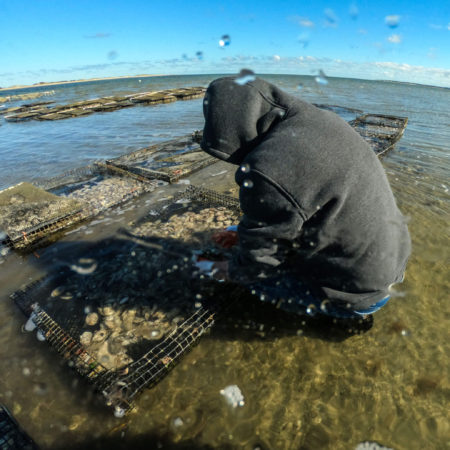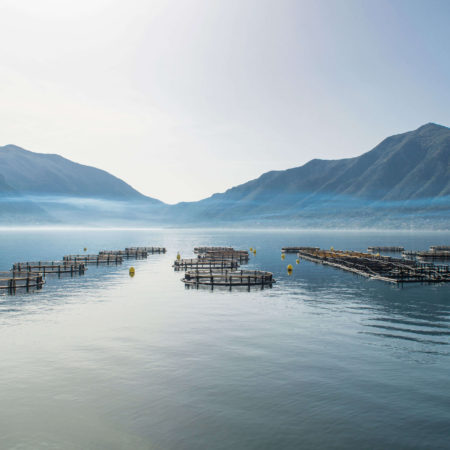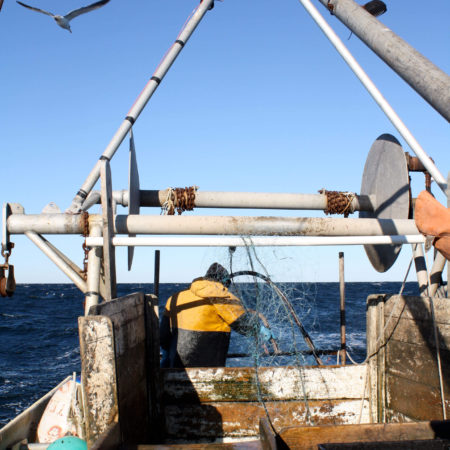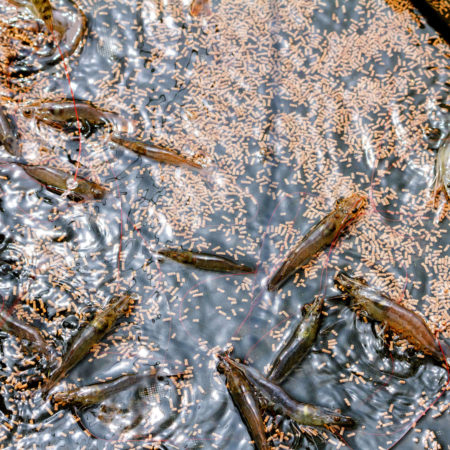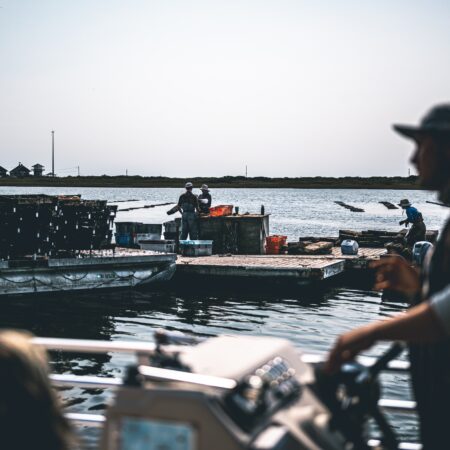Issues Aquaculture
Sustainable aquaculture encompasses values, steeped in communities that support local economies and local infrastructure. Low-input forms of aquaculture, such as shellfish and seaweed farming, can be done sustainably and at a scale that engage coastal communities. Across the US, more coastal entrepreneurs are investing in these low-impact systems and they show great promise as ways to expand farmed seafood production and keep control in the communities, through local ownership, processing, and distribution mechanisms.
Check out this Aquaculture Values Report, spearheaded by the North American Marine Alliance! The values were collected from harvesters, fishermen, farmers, advocates, and policymakers around the U.S. through focus groups, conversations, and surveys. It is intended to be a guide that uplifts and builds trust across current and emerging aquaculture contexts.
Below are general guidelines that reflect farming systems that interconnect the unique human and environmental ecosystems.
